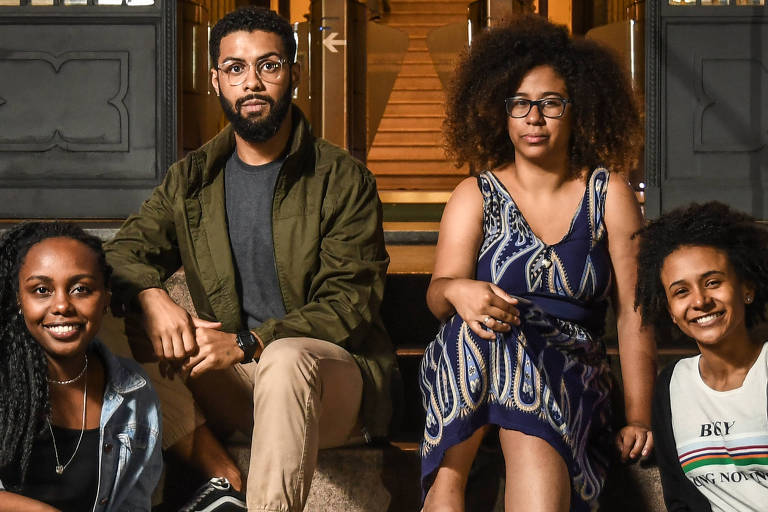The University of São Paulo has significantly boosted its number of black students from low-income families since implementing an affirmative action plan for impoverished and black people in 2018.
In 2018, the first wave of students selected by the quotas for public school, black, brown, and indigenous graduates entered the university.
The system’s system is happening gradually. It started with 37% of the vacancies for public school students in 2018, this year, it has risen to 40%, and by 2021 it should reach 50%.
The move caused a rapid and significant change in the student profile, although these groups remain underrepresented.
In five years, from 2014 to 2019, the share of USP public school graduates went from 32 percent to 42 percent, and that of brown and indigenous blacks from 17 percent to 25 percent — of those, 62 percent entered through affirmative action. In the same period, the participation of students with a family income of up to three minimum wages grew from 17% to 25%, and the range of more than ten minimum wages shrank from 33% to 26%.
Out-of-state student attendance also grew from 8% to 13% in just one year from 2018 to 2019, mainly due to membership in Sisu, the unified national selection system for higher education vacancies.
Translated by Kiratiana Freelon
